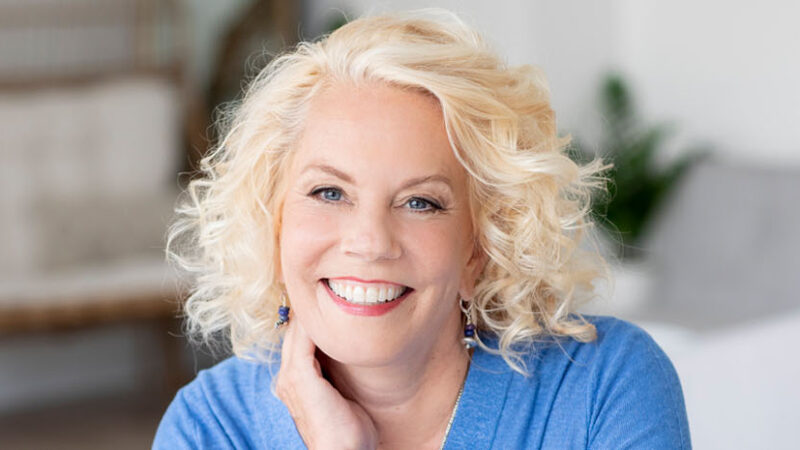We Are Designed for Self-Healing
Tami Simon speaks with Janna Moll. Janna is a senior instructor for the Healing Touch Program and the founder of the Healing Heart Institute, and has been teaching internationally for more than 13 years. With Sounds True, Janna is the presenter for both The Healing Touch Home Study Course and the new video program Healing Touch for Beginners: Energy Practices for Self-Care. In this episode, Tami speaks with Janna about what makes a good Healing Touch practitioner, how we can use Healing Touch to locate and release stuck energy, a self-care technique for working with physical pain, and the role of the heart in Healing Touch. (49 minutes)




